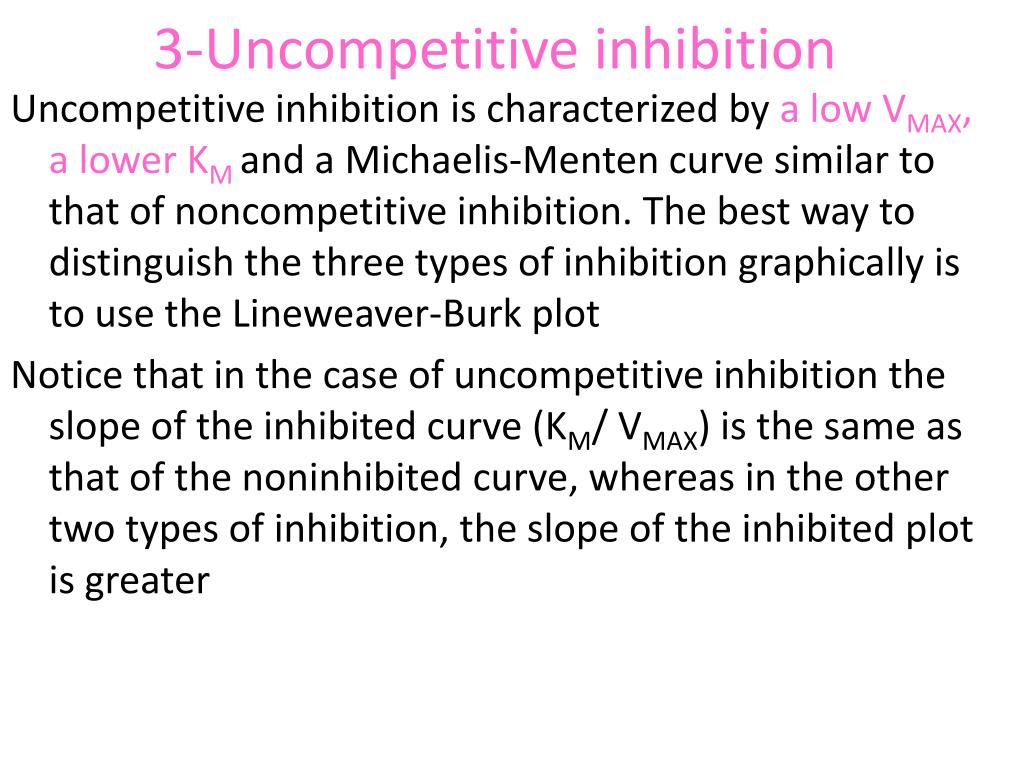
But he could also emulate his hero and mentor Donald Trump and attempt to propagate a narrative about fraud, refuse to accept the legitimacy of Lula’s electoral victory and become the leader of a disloyal opposition to the new government. That movement is sometimes characterised as a hard-right alliance of beef (agribusiness), Bible (evangelical protestants) and bullets (parts of the police and military, as well as the newly enlarged ranks of gun owners).īolsonaro could reprise what he said after the final debate (“whoever has the most votes takes the election”) and concede defeat. The coming days will offer a test of his character and the nature of the movement that brought him to the presidency. Bolsonaro backlash?īolsonaro has yet to make a pronouncement about the election result either to concede or allege fraud. The damage is particularly evident in the environment, public health, education, human rights and foreign policy. Whether it will retain its unity in government is another question.įissures could appear when the administration has to make difficult choices about the management of the economy and the challenge of rebuilding state capacity in those areas most damaged by Bolsonaro’s administration. It remained united during the campaign, when it had the shared goal of defeating the incumbent president. One of the keys to the future Lula government is whether this coalition can stay together. MDB member Simone Tebet, a presidential candidate in the first round, campaigned for Lula in the second round and who will probably be offered a place in Lula’s cabinet. Lula’s vice presidential running mate was Geraldo Alckmin, a conservative Catholic and former member of the PSDB. The campaign brought together two political forces that had been enemies in the 2000s: Lula’s Workers’ Party ( Partido dos Trabalhadores, or PT) and politicians who had been or still were members of the centre-right Social Democratic Party ( Partido da Social Democracia Brasileira, or PSDB) and the Brazilian Democratic Movement ( Movimento Democratico Brasileiro, or MDB).

Lula’s coalition of ten parties was a broad coalition ranging from the left to the centre-right.


Bolsonaro’s support is particularly strong within better-off households of the south, south-east and centre-west. The core of Lula’s support is concentrated most heavily in the impoverished north-east. Instead, the economy seemed to be the main concern of most voters. For his part, Lula criticised Bolsonaro for his poor handling of the COVID crisis, in which Brazil recorded the second-highest national death toll behind the United States.īut – unlike in 2018 when Lula was ruled as ineligible to run because of his 2017 conviction on corruption charges (since anulled) and Bolsonaro instead beat the inexperienced and relatively unknown Fernando Haddad, this was not an election in which corruption was a central issue. Lula is now set for a third term, 12 years after ending his second term as an unusually popular president who achieved both economic growth and social inclusion between 20.ĭuring the campaign the two contenders slugged it out over some familiar themes: Bolsonaro reminded voters of the corruption uncovered concerning several members of Lula’s administration.


 0 kommentar(er)
0 kommentar(er)
